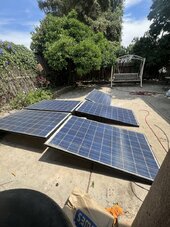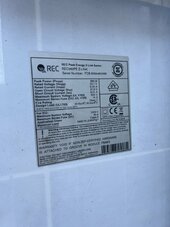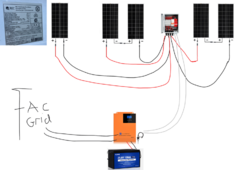Are these Panels any good? They are an hour drive from me

Thanks all

260 WATT REC REC260PE Z-LINK SOLAR PANEL 60 CELL GRID TIE OFF GRID SOLAR PANEL | eBay
Located in Dallas Texas off of Loop 12 and I45 south of Downtown. We try to provide good pictures for your consideration. WEIGHT: 40 LBS
SPECIFICATION SHOWN ARE TO BE
USED AS A GUIDELINE ONLY.
www.ebay.com
Thanks all










